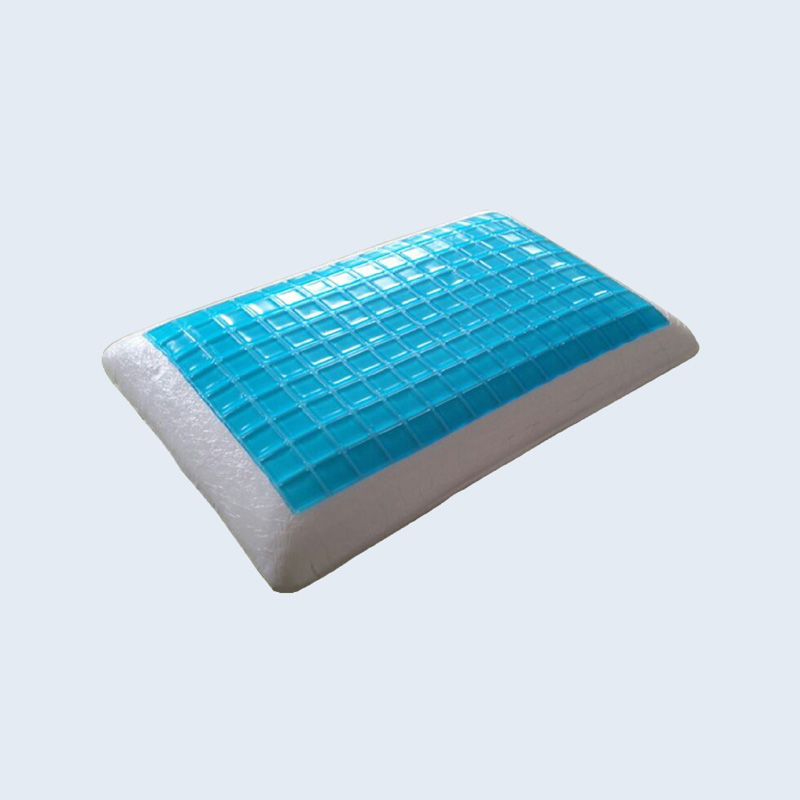The differences between traditional memory foam and gel-infused memory foam pillows primarily relate to temperature regulation, support, and comfort. Here's a breakdown:
Temperature Regulation:
Traditional Memory Foam: Known for its viscoelastic properties, traditional memory foam conforms closely to the body, which can sometimes lead to heat retention. This can make the pillow feel warm during sleep, especially in warmer climates or for people who naturally sleep hot.
Gel-Infused Memory Foam: Gel-infused memory foam incorporates cooling gel beads or layers within the foam. These gels are designed to absorb and dissipate heat more effectively, helping to keep the pillow cooler and more comfortable throughout the night.
Support and Comfort:
Traditional Memory Foam: Offers excellent support by contouring to the shape of your head and neck, providing pressure relief and promoting spinal alignment. However, it can sometimes feel too firm or too soft, depending on the ambient temperature, as memory foam becomes softer in warmth and firmer in cool conditions.
Gel-Infused Memory Foam: Typically offers a similar level of support and contouring as traditional memory foam but with a cooler surface. Some gel-infused pillows also have a slightly different feel due to the gel's influence on the foam's density and responsiveness, which can provide a slightly firmer or more resilient support.

Breathability:
Traditional Memory Foam: Often has a dense structure that may limit airflow, leading to potential heat buildup during sleep.
Gel-Infused Memory Foam: Generally designed with better breathability in mind. The inclusion of gel particles or layers can create tiny air channels within the foam, enhancing airflow and reducing heat retention.
Price and Availability:
Traditional Memory Foam: Typically more widely available and may be less expensive than gel-infused options. It's a popular choice for those seeking the classic memory foam experience without the added cooling features.
Gel-Infused Memory Foam: Often priced slightly higher due to the additional materials and technology involved in the gel infusion process. It's a preferred option for those who prioritize cooling and temperature regulation in their sleep environment.
In summary, the key difference lies in the cooling properties of gel-infused memory foam, making it a better option for those who tend to sleep hot or are concerned about heat retention. Both types of memory foam provide excellent support and comfort, but gel-infused versions add an extra layer of temperature management.











